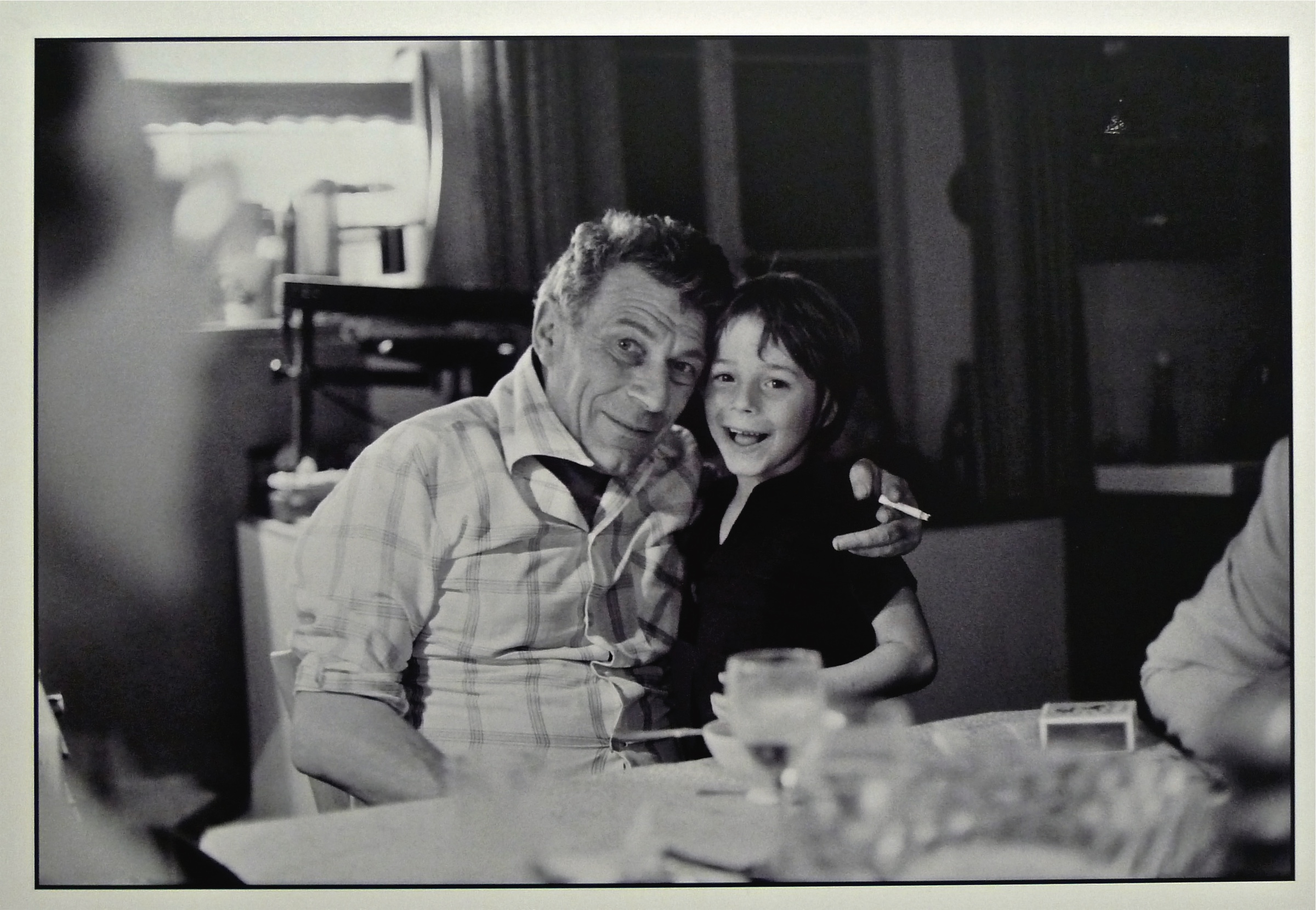When he was a teenager, the artist Yves Berger played frequent ping pong games with his father, the art critic and essayist John Berger, in the hayloft of their home. John was in his 60s at the time, and Yves remembers that the closely matched competitors would sometimes reach a sort of graceful unity when their movements and rhythms would fall in sync. And with each swing of the paddle, John and Yves would say, “Over to you!” as they sent the ball back and forth across the table.
This phrase makes a fitting reappearance in Over to You: Letters Between a Father and Son (2024), composed shortly before John’s death in 2017. The book presents a dynamic and at times tender exchange of ideas and images between father and son, who were then living in the suburbs of Paris and Haute-Savoie respectively. As in their games of ping pong years earlier, each volley or letter builds on the last, responding to its energy and questions while also forging new directions. The result is an ever-evolving meditation on art and picture-making by two individuals who are linked by blood and, perhaps more than anything, by art.
Over to You begins with John’s first letter. He encloses images of Rogier van der Weyden’s “The Annunciation” (c. 1434), Francisco de Goya’s “La maja vestida” (c. 1800–1807), and Vincent van Gogh’s “Still Life with Bible” (1885), writing to Yves that “both of the last two are an invitation.” In response, Yves attaches a photo of Chaïm Soutine’s visceral painting “Le Bœuf Écorché” (1924) and writes, “How we wish … To overcome the isolation we feel in our flesh.” From there, the letters move fluidly, touching upon concepts related to painting, like light and the landscape, and musing on art’s intersection with doubt and the passage of time. Along the way, John and Yves pass artworks back and forth by mostly Western, mostly male artists like Max Beckmann, Nicolas Poussin, Caravaggio, Giorgio Morandi, and Édouard Manet, exploring resonances between makers and images.
Over two years of correspondence, the outside world rarely crops up in their universe. At one point, John writes, “(My God! Look at what’s happening in Israel and in Palestine; every pomegranate is bleeding…),” but no other contemporary conflict leaves a mark. Yves observes that border control police have searched and forcefully removed a second Black man during his train trip from Milan to Geneva, but he quickly returns to his thoughts on photographing his painting process. In fact, both of the Bergers’ comments are contained within parentheses, signaling a clear separation between the events of the world they inhabit and the realm of art and ideas that they so freely move in.
It’s unclear whether the letters have been edited, as there is no note in the book explaining how they were assembled. Both Bergers approach art from uniquely informed angles, and we see them enrich and enlighten one another, but a private conversation between any father and son also draws us in for its promise of intimacy. Yet there are precious few personal stories included here, nor do we see the usual quirks or tensions that often accompany parent-child relationships. Yves alludes to daily emails and phone calls between the two and both sign their correspondence with love, but the letters — though lyrical and thoughtful — lack the rawness of shared memories or daily worries.
A more personal tone comes through in the fifth and final section of the book, where drawings and prints made by the men during different time periods alternate for several pages. One of the most moving is a sensitive pencil sketch of John made when Yves was only 10 years old. Perhaps it is misguided to look for signs of the Bergers’ connection outside of art: After all, as this book makes clear, art was their language for life, and for love.




Over to You Letters Between a Father and Son (2024) by John Berger and Yves Berger is published by Pantheon Books and is available online and through independent booksellers.

